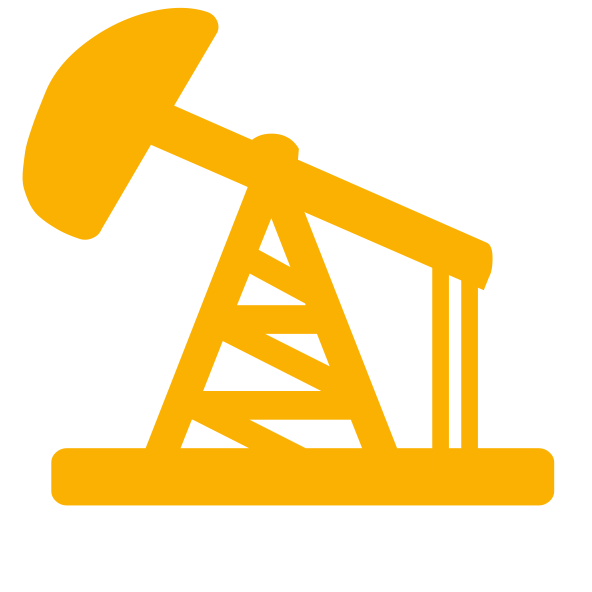Transform asset management and performance by enabling the connected worker to make better decisions
The value of the connected worker and connected assets has never been more apparent than today in the wake of the global pandemic. A fact underscored by the World Economic Forum’s (WEF) Global Lighthouse Network which focuses on how Fourth Industrial Revolution (4IR) technologies can transform industrial industries. Companies that prioritize people and technology are more likely to see transformative change and system optimization. Leveraging connected assets, people and systems, organizations can fundamentally shift operations, productivity and, worker safety.
Connected assets are critically defined as workers, systems, control rooms, platforms, and technologies, all connected in a holistic ecosystem that allows for comprehensive visibility and transparency. Data flows from the connected worker to the enterprise system to the connected assets that use the Internet of Things (IoT) to the decision-makers and team leaders, ensuring that workers and insights are connected across multiple facilities and control rooms. It ensures that every touchpoint and system is consistently evaluated and assessed in real-time, providing ‘location-based warnings, risk evaluation, and contextual safety guidance’ – also in real-time.
Looked at in another way, the concept of connected assets is like the central nervous system of the entire industrial body, providing instantaneous insights that can save lives and transform operational excellence.
 Intelligence built-in
Intelligence built-in
There are material benefits to investing into solutions and systems that leverage artificial intelligence (AI), machine learning (ML), autonomous systems, and smart analytics, particularly for the industrial sector. Building an AI-assisted platform that connects people, machines and systems is one giant step closer to the autonomous Industry 5.0 factory and several giant leaps towards embedding operational excellence and efficiency.
It’s an approach that puts people at the forefront of the operational process and ensures that every connection in the chain is appropriately managed. As McKinsey highlights in its analysis on Digital Collaboration for a Connected Manufacturing Workforce, manufacturers need tools that enable worker collaboration and connection across geographies and functions. This empowers and enables – workers and decision-makers alike being able to tap into ‘the collective knowledge of the enterprise, solve problems with experts remotely, and turn IoT data from the shop floor into lasting value.’
Another benefit of the connected asset approach is that it’s fundamental to successful digital transformation. And digital transformation is essential to long-term and sustainable business success. The IDC 2020 Worldwide IT/OT Convergence Survey found that nearly half of industrial organizations anticipated that their data would increase by more than 15%, a sentiment echoed in the 2021 survey of the same name. As Jonathan Lang, research manager, Worldwide IT/OT Convergence Strategies research program at IDC pointed out: “…is the time for industrial enterprises to get back to the basics and establish the digital foundation necessary to build back better.”
The value of insight
By creating a central nervous system of connected assets, data and individuals, companies can effectively minimize risk and support the right actions for worker safety and performance. Gaining a real-time view of a plant’s operational reality is transformative, a radically different and more effective way of visualizing worker activities, factory functionalities, and overall system capabilities. If the enterprise can leverage data from systems, sensors, and people, it will open up a whole new world of actionable, and relevant insights.
In addition to embedding safety and operational efficiency into the organization, the insights derived from connected assets can also change decision-making and collaboration. It allows for real-time, fact-based data decision-making and continuous adjustments to account for system variability. Using the information and analytics, leaders can continuously reduce the number of workers required on the site and ensure that managers can collaborate with workers on complex issues or requirements remotely. This is further bolstered by the ability to build in alerts for specific business areas – maintenance engineers can be alerted if there’s an equipment fault or can proactively and pre-emptively maintain equipment based on up-to-date status reports and scheduling. Add to this the use of AI to assist in safety protocol management and data analysis and the organization can reduce the volume of adverse events while simultaneously increasing asset performance.
A final thought
The thinking that drives the connected asset ethos looks to holistic ecosystems of data that deliver next-level value and insights to the business. It’s about getting value from every asset to ensure absolute worker safety, engagement and productivity. It’s about embedding safety into every system and process by leveraging automation, IoT, and real-time insights that can potentially avert incidents and transform operational incident management.
Like dominos, connected assets knock onto each other to create efficiency. Connecting the worker will optimize decision-making and allow for real-time interaction. This will connect to the command center, allowing for the visualization and dynamic management of work activities and risk. Then, connecting the data from the worker, system, and site to critical event management allows for ongoing emergency preparedness, and leadership embeds best practice into every facet of the business.
These principles form the foundation of the GOARC Safety 4.0 platform that supports every one of these critical digital drivers and is designed to connect every one of these assets. As Verdantix points out, ‘The safety 4.0 platform is a powerful system for firms in medium to high-risk industries looking for an integrated risk management platform.


 Intelligence built-in
Intelligence built-in






